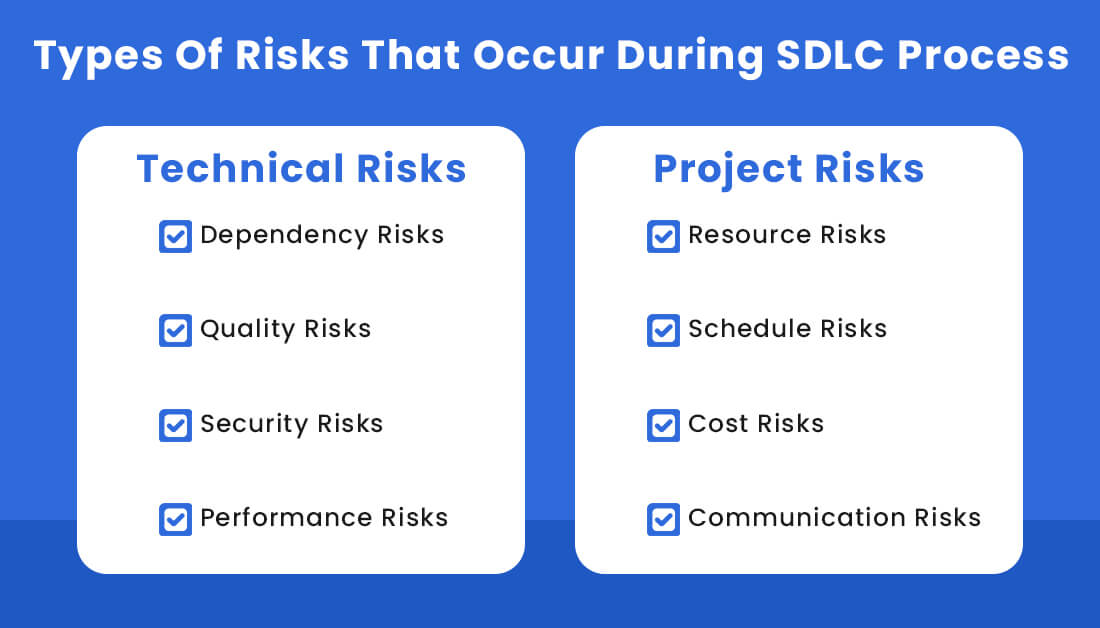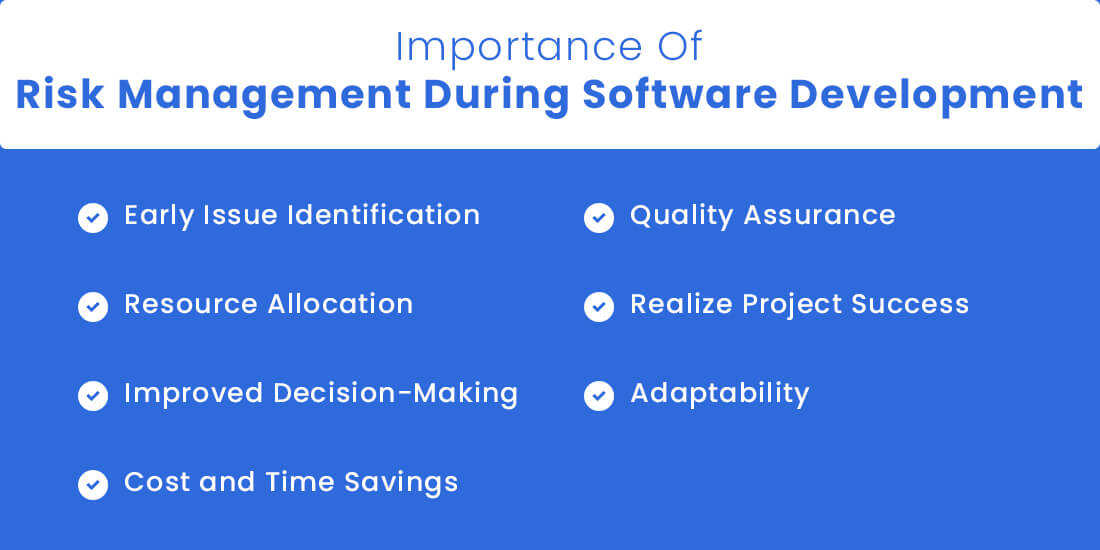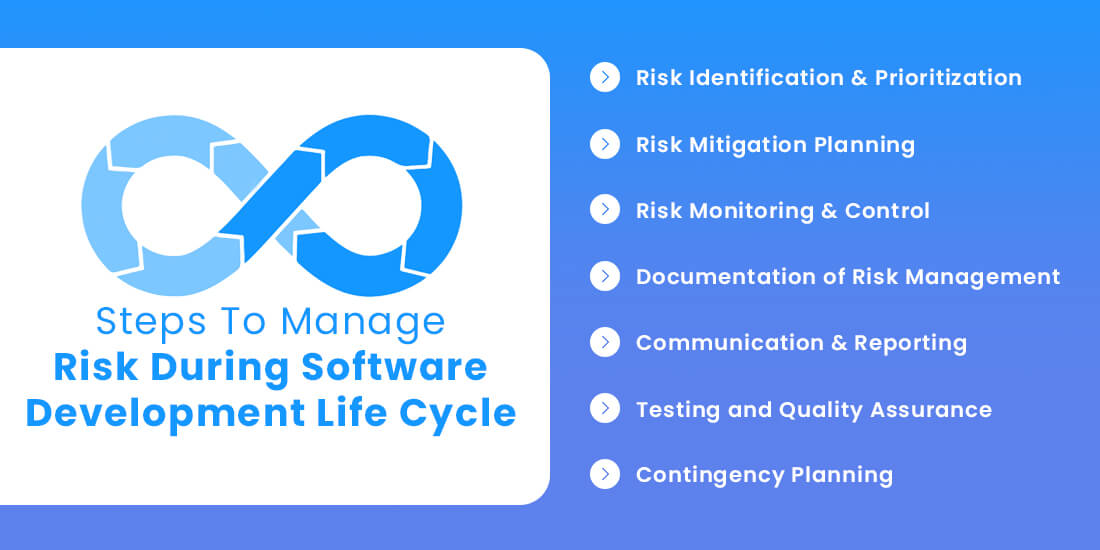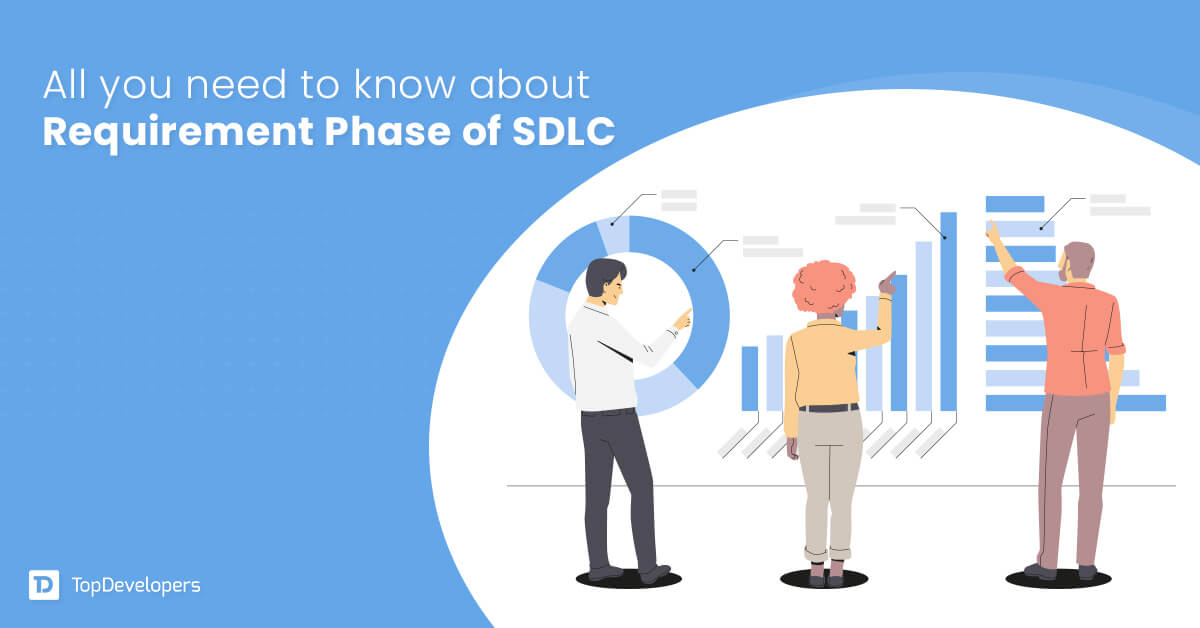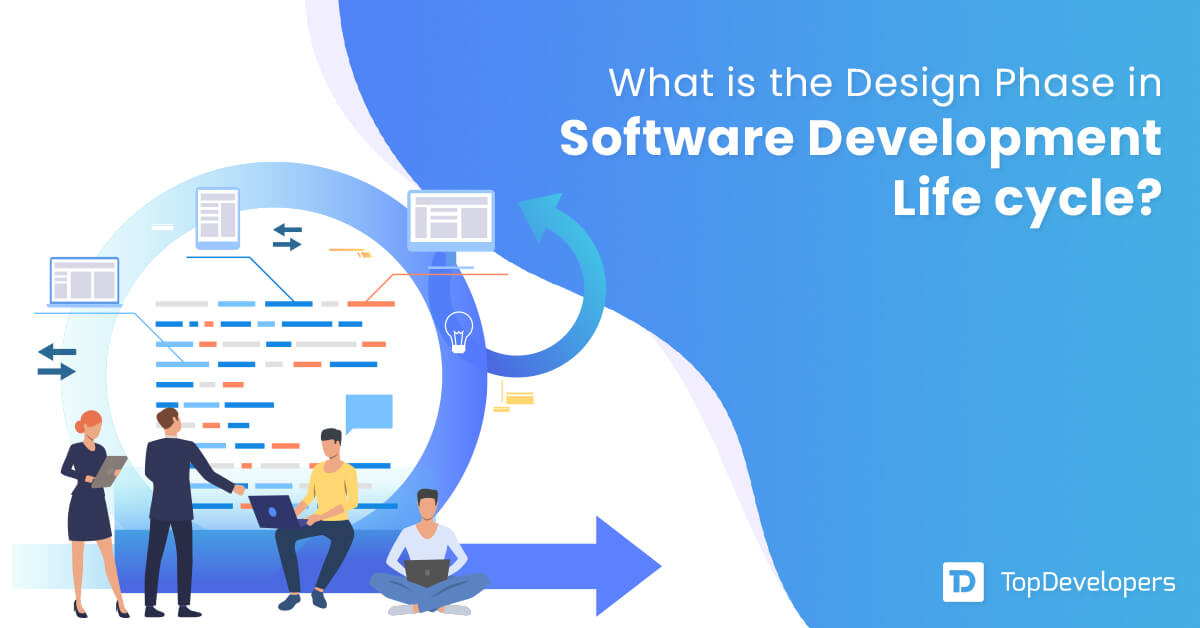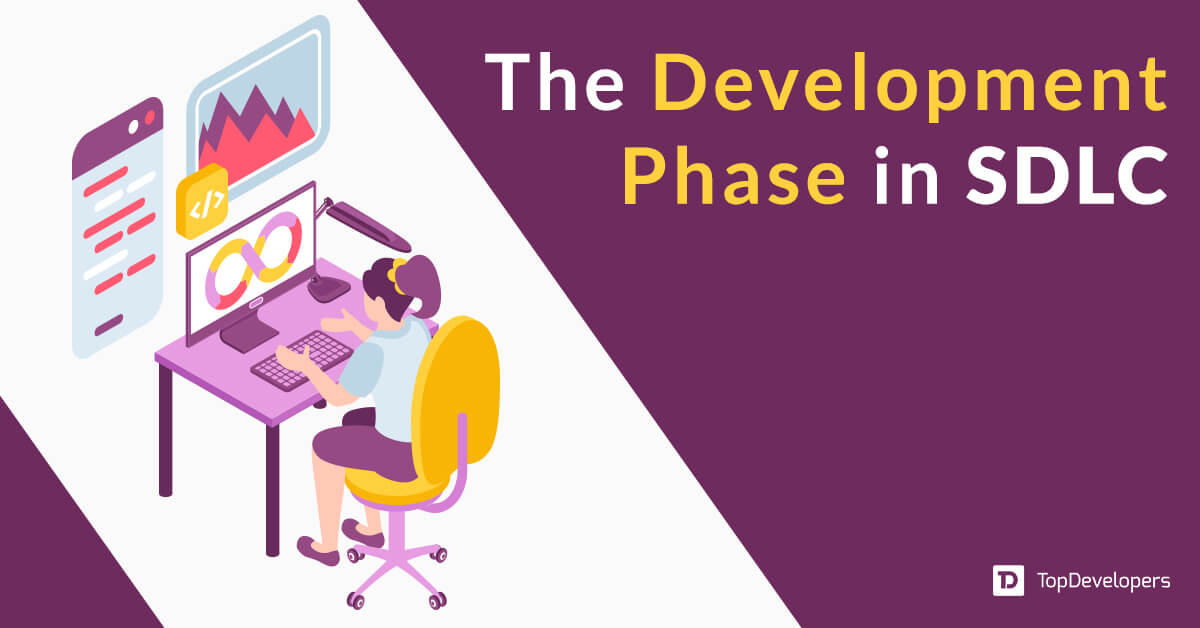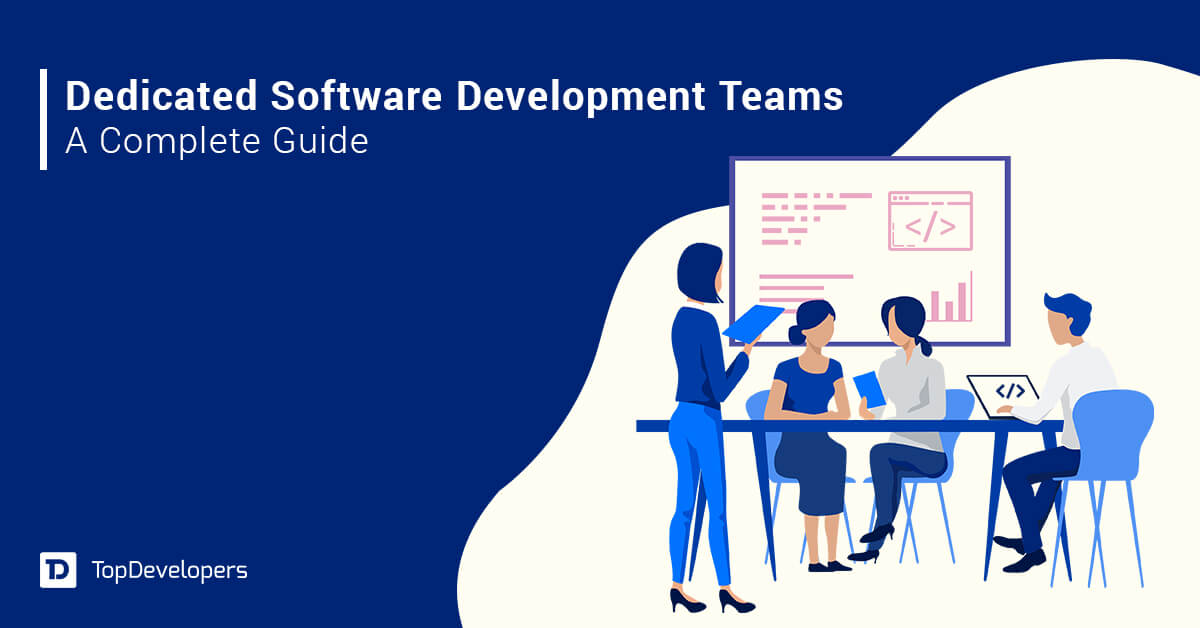
One-third of software development projects fail or are abandoned outright because of cost overruns, delays, and scope creep. The statistics determine that effective risk management during the software development process can reduce failure rates by preventing cost and schedule overruns, and proactively identifying the issues.
Businesses can stay assured of successful, high-quality delivery when risk management is considered a critical aspect of the software development procedure and not ignored at any cost. In this blog, we will dive deeper into the importance of software project risk management, the types of risk management, and how to manage the risk in a step-by-step way during the SDLC Process.
Table of Contents
What is Risk Management in SDLC?
Risk management in the Software Development Life Cycle (SDLC) is a systematic, proactive process of identifying, navigating, and mitigating potential risks that hinder a software project’s success. It involves analyzing uncertainties and potential challenges early on that may arise during different stages of the SDLC process and implementing strategies to address them effectively with continuous risk monitoring.
Different Types of Risks that Occur During SDLC Phases
Knowing the different types of risks that occur during SDLC is important because it needs a unique strategy and approach to resolve them.
Take a quick look at different risks that are categorized into several broad types.
Technical Risks
These risks are related to the technology and tools used in the software development process. Examples include compatibility issues, performance bottlenecks, security vulnerabilities, or challenges with integrating new technologies.
Dependency Risks: Dependency risks refer to the reliance on external parties or components, such as third-party APIs, vendors, or other systems. Failures or issues with these dependencies can affect the project’s progress and functionality.
Quality Risks: Quality risks relate to the potential for defects, bugs, or usability issues in the software product. Inadequate testing, poor code quality, or ineffective quality assurance processes contribute to quality risks.
Security Risks: Security risks involve vulnerabilities and threats that could compromise the security of the software application. These risks may include data breaches, unauthorized access, or lack of proper encryption measures.
Performance risks: This risk highlights when the software fails to meet the performance expectations such as high loading time, downtime, and crashes.
Project Risks
The project risks include all the issues that arise due to uncertainties or ambiguities in project management. This may lead to scope creep, incomplete specifications, or changes in user needs that impact the project’s timeline, cost, and deliverables.
Resource Risks: Resource risks pertain to challenges related to the availability and allocation of human resources, equipment, and other necessary assets. These risks may result in delays, inadequate expertise, or resource shortages.
Schedule Risks: Schedule risks are associated with project timelines and deadlines. Unforeseen complexities, dependencies on external factors, or delays in deliverables can impact the software project’s schedule.
Cost Risks: Cost risks involve potential deviations from the project budget. These risks may arise due to underestimating expenses, cost overruns, changes in requirements, or external economic factors.
Communication Risks: Communication risks involve breakdowns in communication among project stakeholders, team members, or external parties. Misunderstandings and lack of clear communication can impact decision-making and lead to misalignment.
The Importance of Risk Management During SDLC
Risk management helps identify, assess, and mitigate potential risks that could impact software project development.
Here’s why risk management is important in SDLC:
Early Issue Identification
Risk management allows software development teams to identify potential issues and challenges early in the project. By proactively addressing risks, dedicated teams can avoid costly and time-consuming problems later in the software development process.
Resource Allocation
Assessing risks helps in allocating resources appropriately. By understanding potential risks, project managers can allocate time, budget, and manpower effectively, ensuring a smoother development process of software.
Improved Decision-Making
Risk management enables informed decision-making. When project stakeholders are aware of potential risks and their impact, they can make well-informed decisions to mitigate or accept risks based on their potential consequences.
Cost and Time Savings
Addressing risks early on prevents rework and costly fixes later in the project. This results in optimal cost and time savings during the software development process.
Quality Assurance
Effective risk management ensures that potential quality issues are identified and addressed, leading to a higher-quality end product.
Realize Project Success
Properly managed risks increase the chances of project success. By addressing potential challenges, the project team-building software can stay on track and meet project goals effectively.
Adaptability
In an ever-changing technological landscape, risk management allows teams to adapt to unexpected challenges and uncertainties effectively that may occur during the different SDLC stages.
How to Identify Risks During Software Development?
Identifying risks during the development of software is a vital step in the risk management process. By using a combination of these methods, software development teams can comprehensively identify risks and develop appropriate risk mitigation strategies.
Here are some effective methods to identify risks during software development:
- SWOT analysis
- Prototyping
- Feedback from users through surveys
- Brainstorming sessions
- Expert consultation
How to Manage Risk During the Software Development Life Cycle?
The 7 stages of the software development life cycle are important to software success. Similarly, risk management is vital for quality software product delivery.
Here we will learn in a step-by-step guide on how to manage risk during the SDLC process:
Risk Identification and Prioritization
Firstly, identify potential risks of software development by involving stakeholders, development team members, and subject matter experts. Create a risk register to document identified risks and their descriptions. Thereafter, evaluate the impact and likelihood of each identified risk using qualitative and quantitative methods. It further helps in prioritizing risks based on their severity and potential impact on the software project, so that the risk adversity on the project is reduced.
Risk Mitigation Planning
Create strategies to mitigate high-priority risks. These strategies can include prevention, mitigation, assessment, acceptance, contingency plans, or risk transfer. When software development is outsourced and a team is hired, the responsibilities are assigned for each risk to specific team members to ensure accountability.
Risk Monitoring and Control
It’s necessary to continuously monitor the identified risks throughout the process of SDLC. Regularly monitor and update the risk register with the latest information that helps know how risk management strategies are working. Later, review and adjust risk mitigation strategies as the project progresses and new risks pops-up to ensure the impact of risk is diminished.
Documentation of Risk Management
Maintaining detailed documentation of software development risk management activities, including risk assessments, mitigation plans, and their outcomes is quite helpful. The lessons learned from past projects help in improving risk management practices in future projects.
Communication and Reporting
Maintaining open communication with all stakeholders about the identified risks and their status ensures that everyone is on the same page. So, provide regular risk reports to project sponsors, management, and other stakeholders, highlighting progress on software development risk mitigation efforts.
Testing and Quality Assurance
Comprehensive testing is conducted to identify and address software defects early, reducing the risk of critical issues during the later stages of software development life cycle. Implementing robust quality assurance practices ensures that software meets the required standards and specifications.
Contingency Planning
Developing contingency plans for high-impact software development risks that may occur despite mitigation efforts is all-important. It’s good to identify alternative approaches to be taken if certain risks materialize.
Conclusion
Risk management is a part and parcel of the software development life cycle that when taken seriously, businesses could save themselves from the challenges that occur after launching software. The blog has fairly explained the importance of risk management if you are not convinced with the same followed by methods to identify the risks and an 7-step process for risk management in software development.
Consider a proactive and systematic approach to risk management to minimize uncertainties, enhance project success rates, and deliver software on time and within budget. Overcome all the challenges with risk management in the life cycle of software development.
 Avantika Shergil
| Jul 20, 2023
Avantika Shergil
| Jul 20, 2023
Avantika Shergil is a technology enthusiast and thought leader with deep expertise in software development and web technologies. With over 8 years of experience analyzing and evaluating cutting-edge digital solutions, Avantika has a knack for demystifying complex tech trends. Her insights into modern programming frameworks, system architecture, and web innovation have empowered businesses to make informed decisions in the ever-evolving tech landscape. Avantika is passionate about bridging the gap between technology and business strategy, helping businesses build customized software and website, and understand about different tools to leverage effectively for their ventures. Explore her work for a unique perspective on the future of digital innovation.
